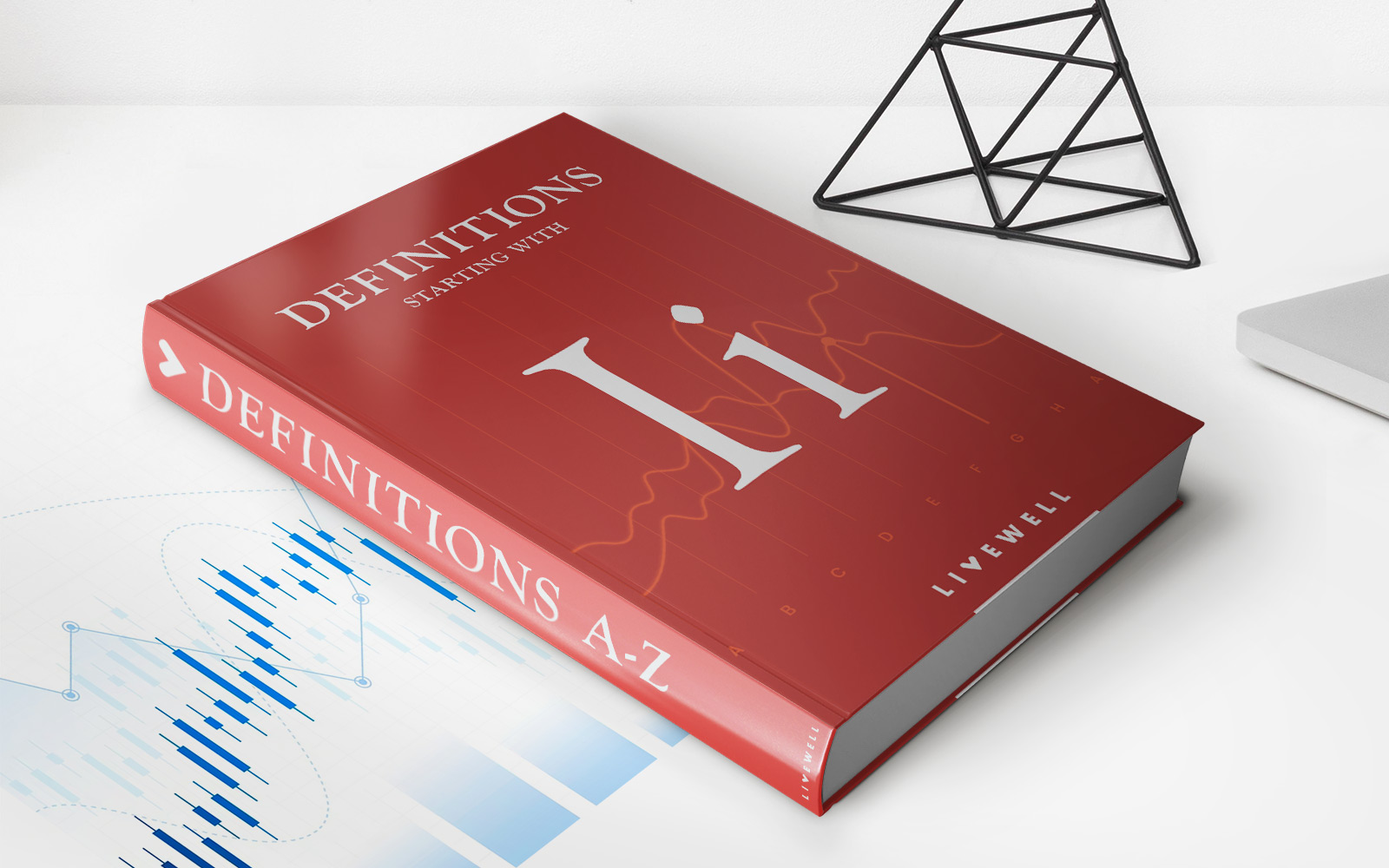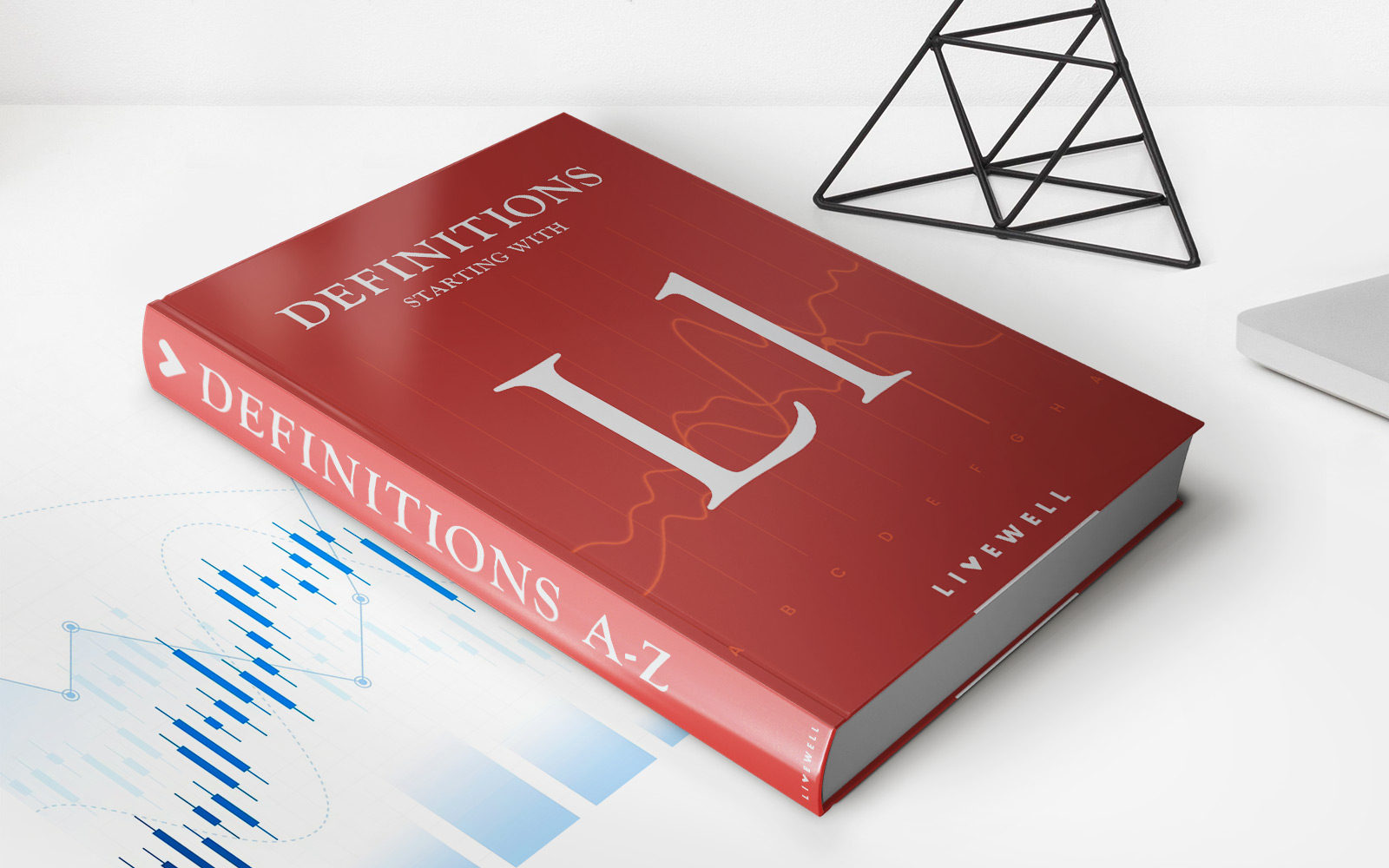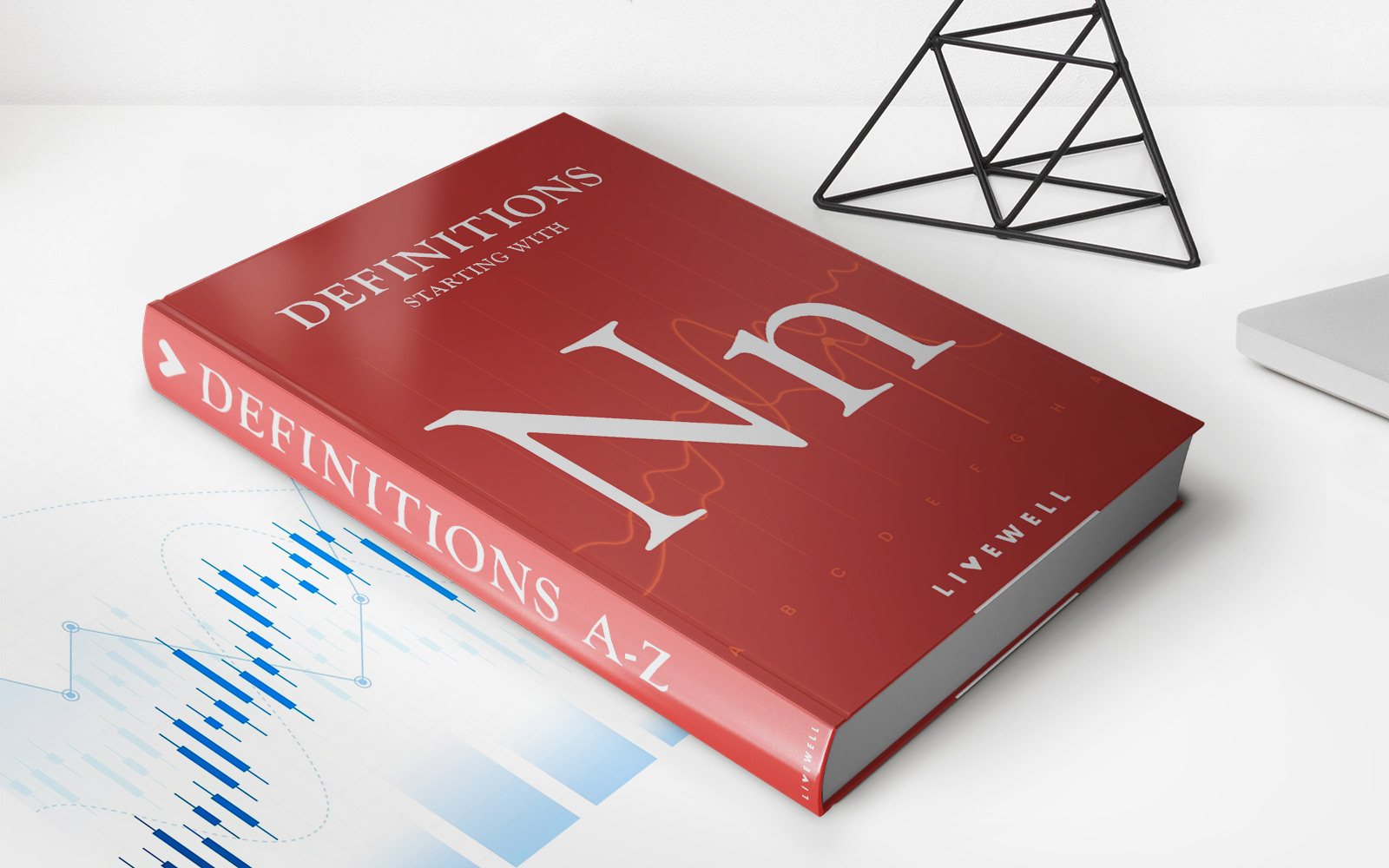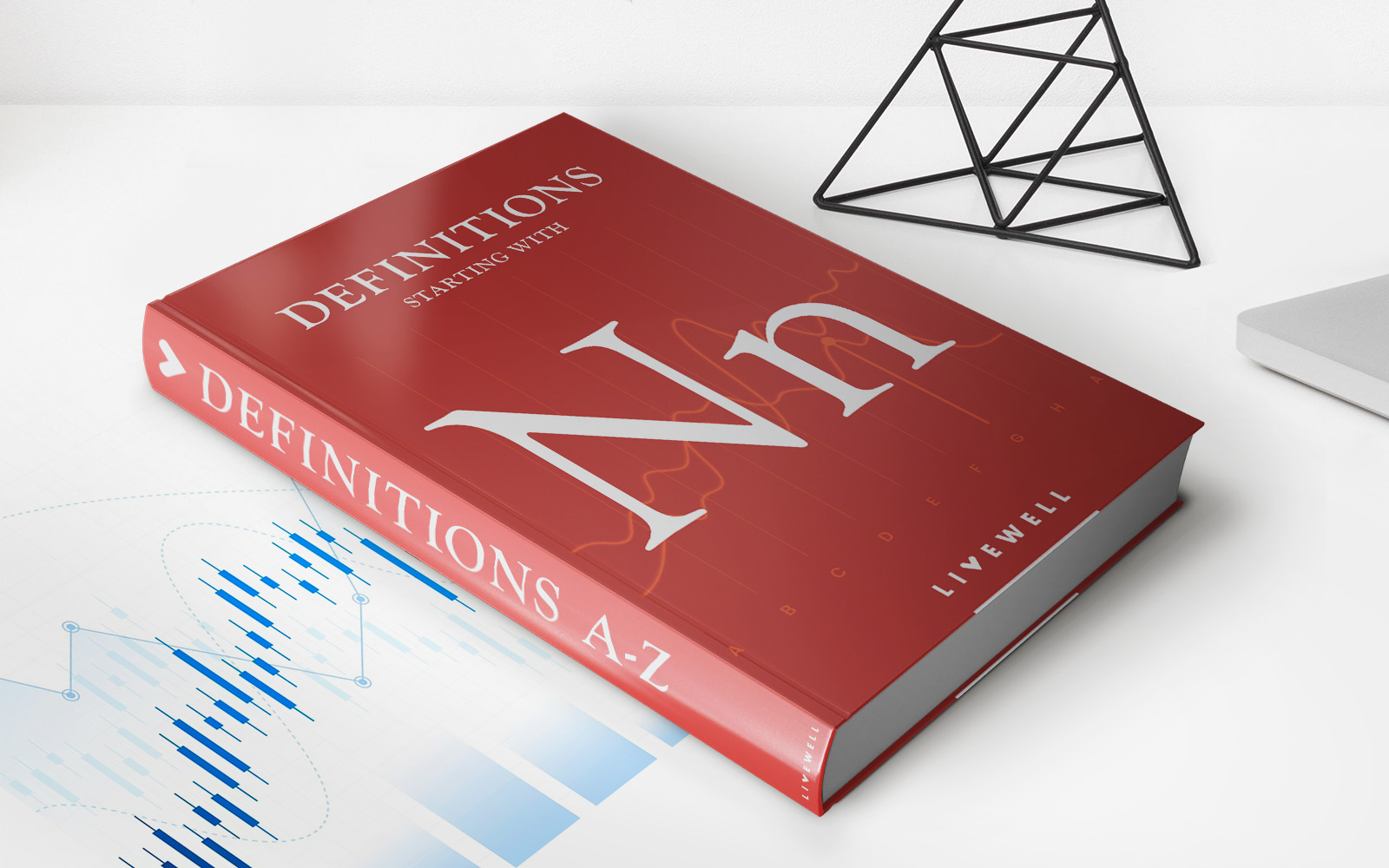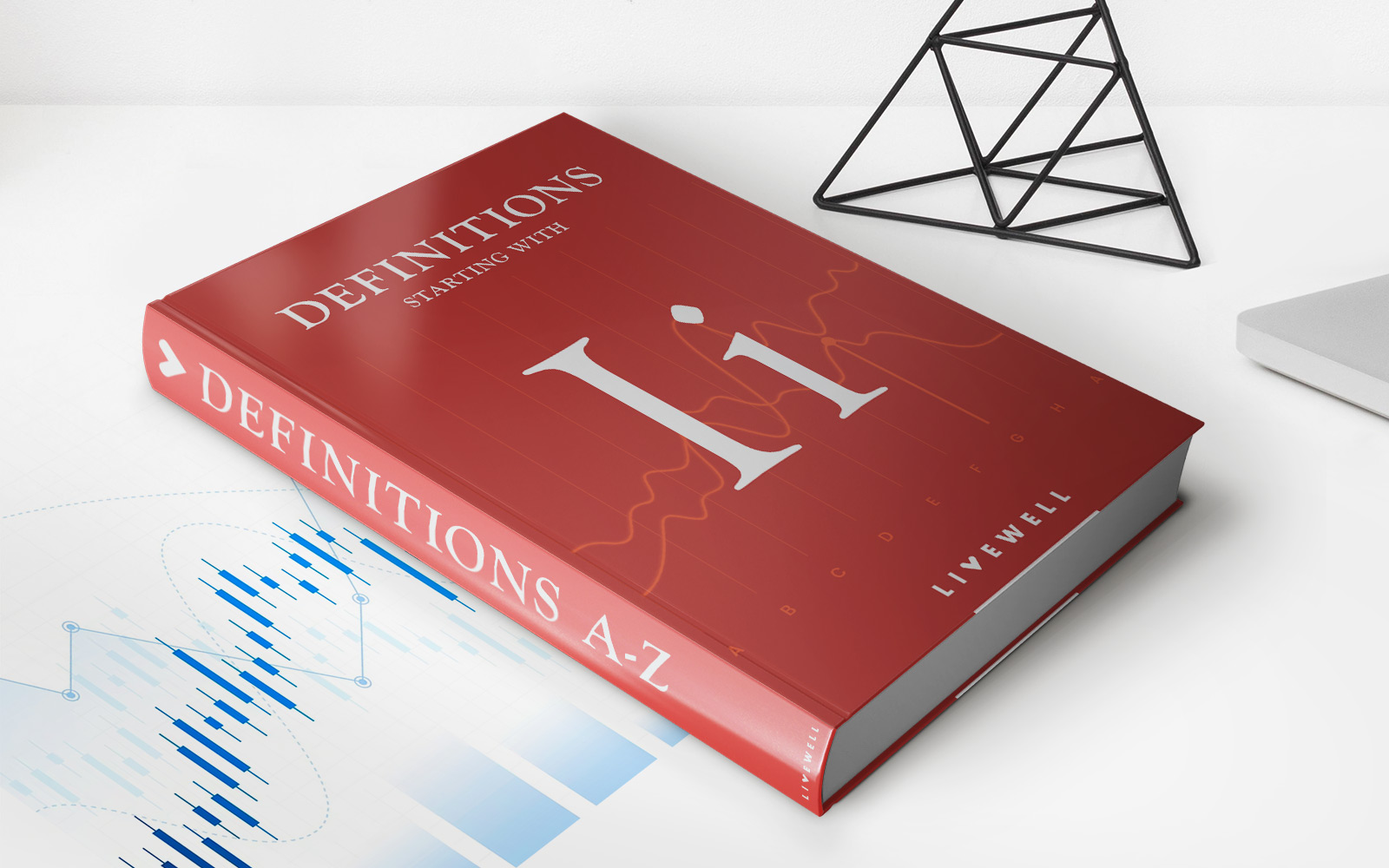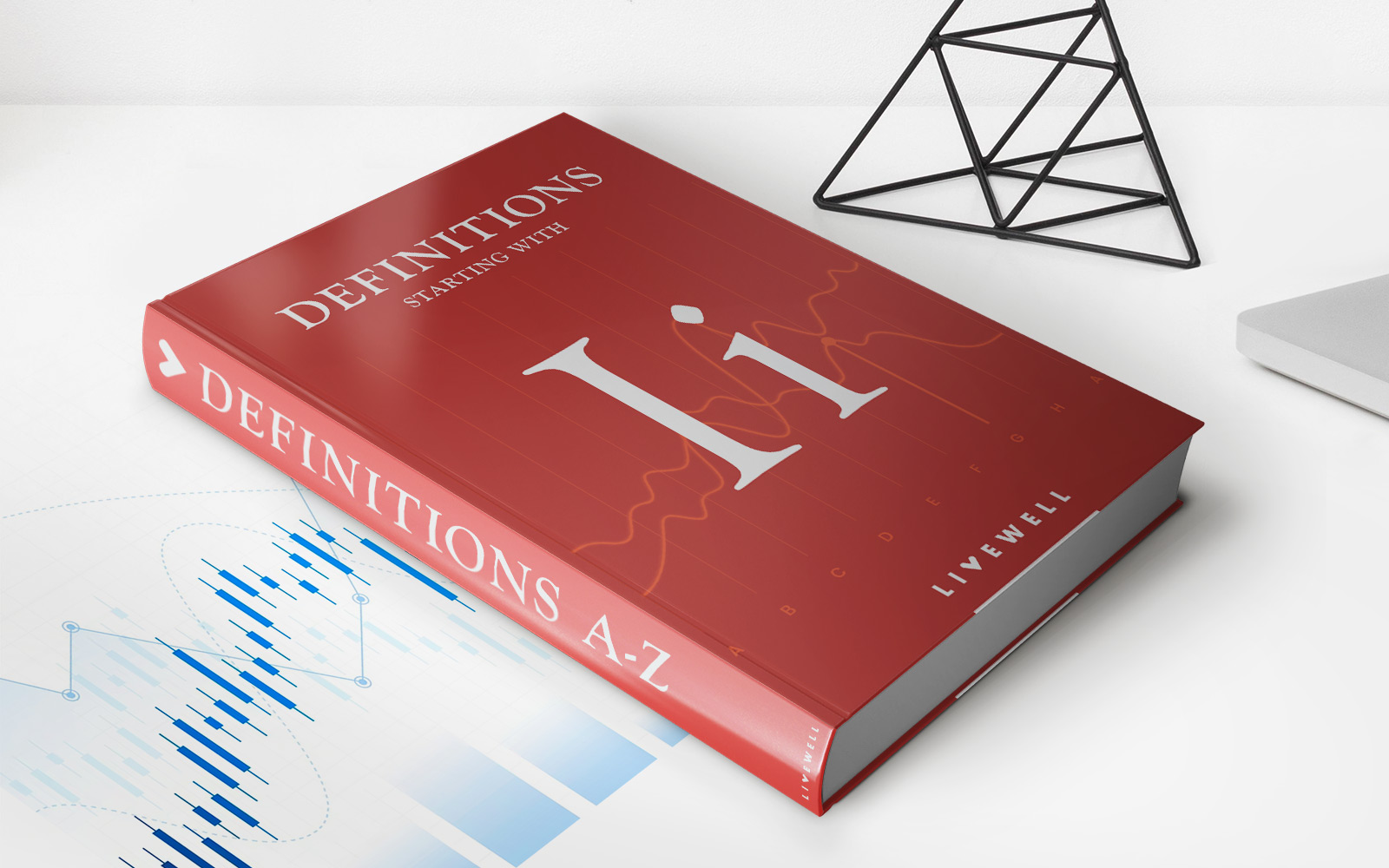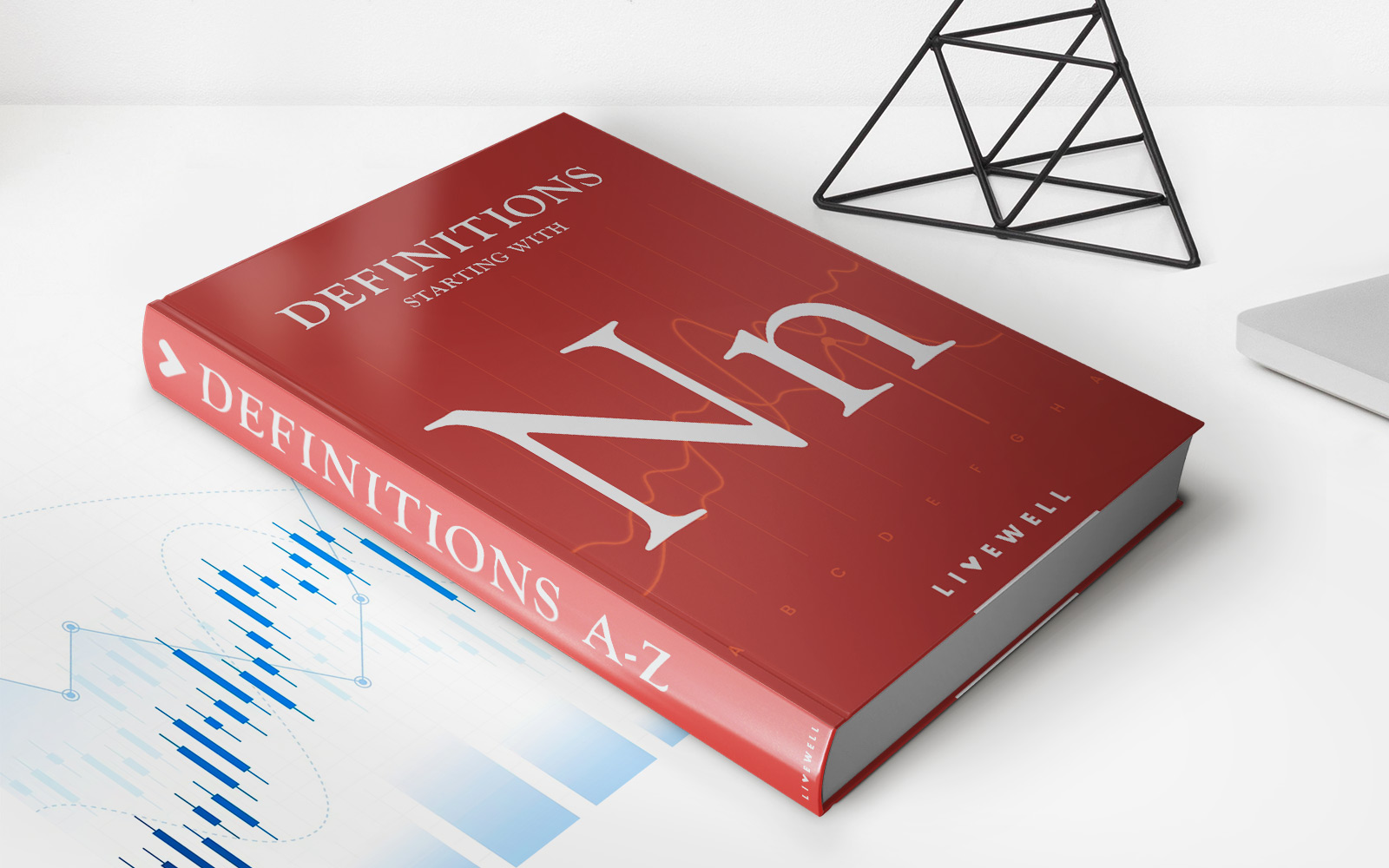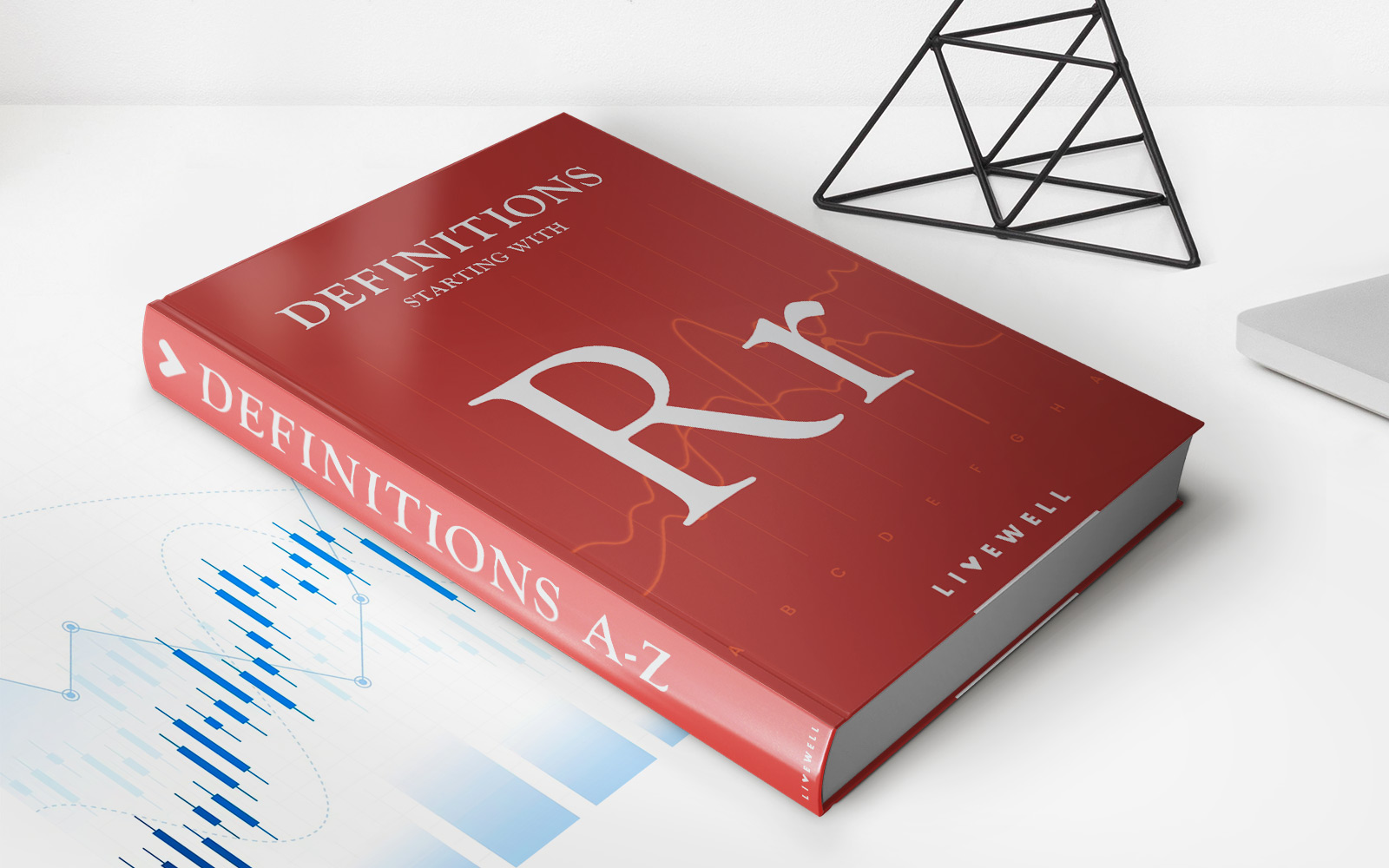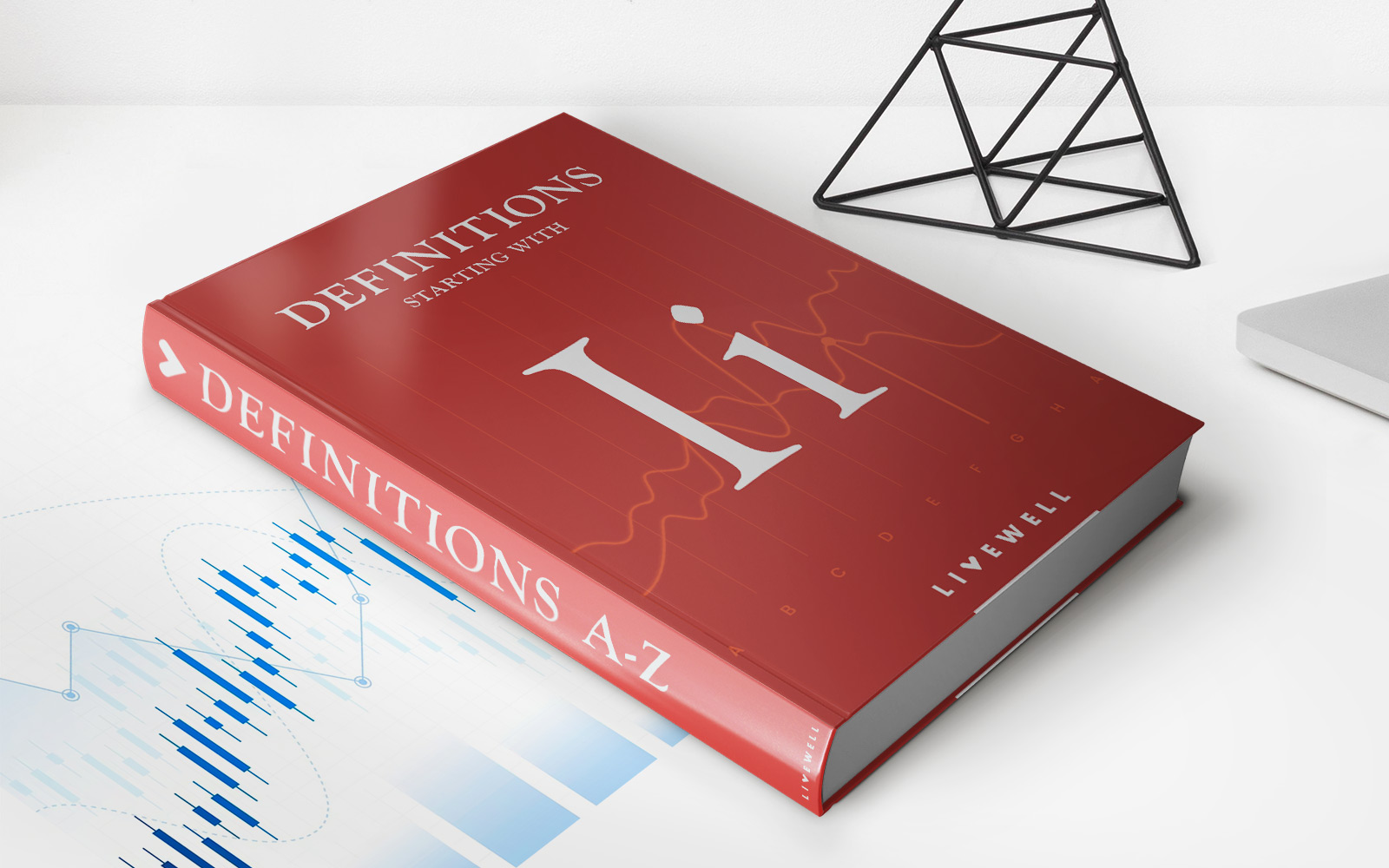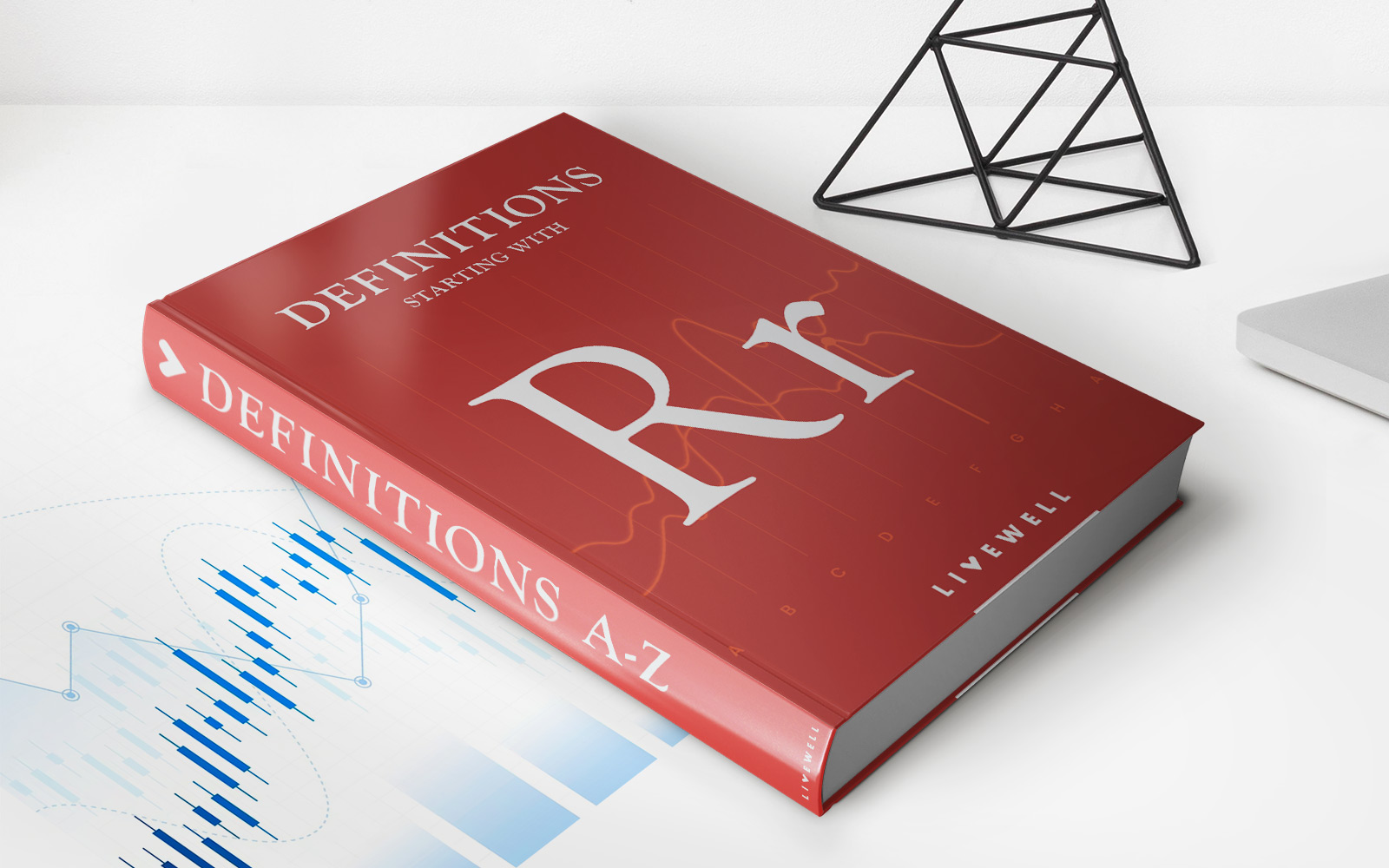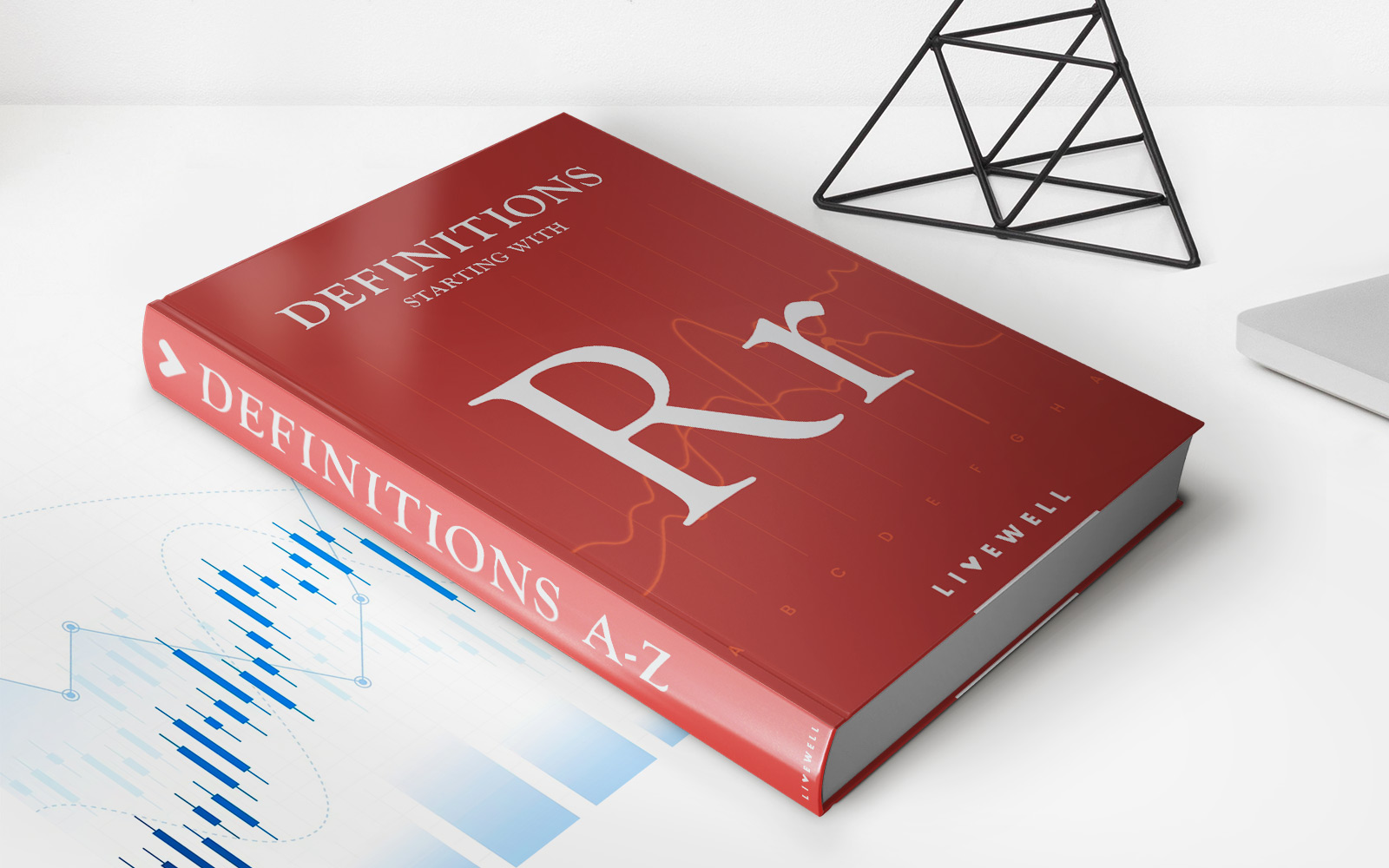Home>Finance>Negative Interest Rate Policy (NIRP): Definition, Uses, Examples
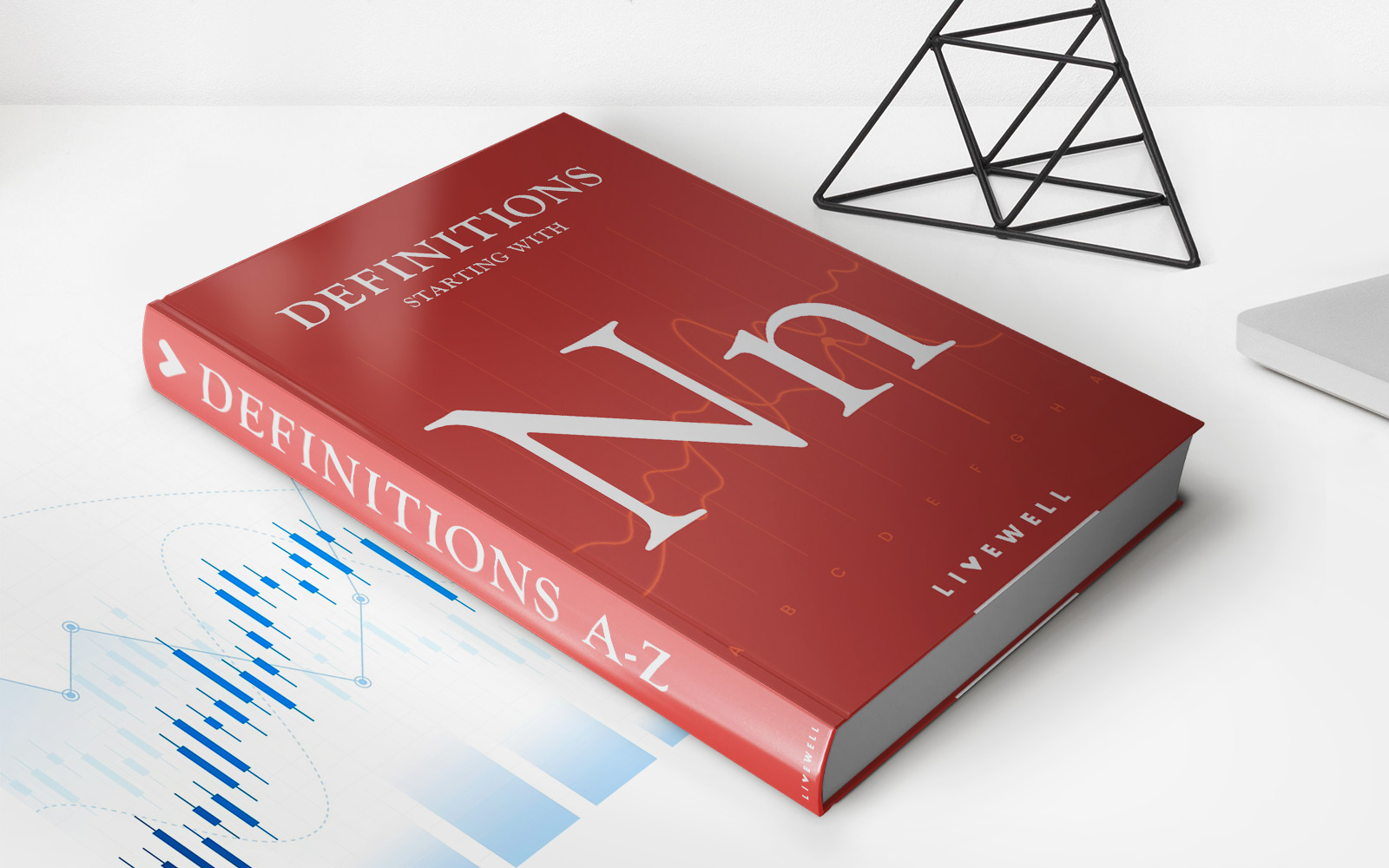

Finance
Negative Interest Rate Policy (NIRP): Definition, Uses, Examples
Published: December 29, 2023
Learn about Negative Interest Rate Policy (NIRP) in finance: definition, uses, and examples. Understand how NIRP affects economies and financial markets.
(Many of the links in this article redirect to a specific reviewed product. Your purchase of these products through affiliate links helps to generate commission for LiveWell, at no extra cost. Learn more)
The Ins and Outs of Negative Interest Rate Policy (NIRP)
Finance, a vast realm of possibilities and concepts, has been riddled with enigmatic acronyms like NIRP. Just the mention of it may make you curious – What is NIRP? What does it mean for the economy? Is it good or bad? Fear not! In this blog post, we’ll dive deep into the world of Negative Interest Rate Policy and shed some light on its definition, uses, and examples.
Key Takeaways:
- Negative Interest Rate Policy (NIRP) is an unconventional monetary policy tool implemented by central banks to stimulate economic growth and combat deflation.
- With NIRP, commercial banks are charged interest for parking their excess reserves with the central bank, encouraging them to lend and invest instead, which theoretically boosts economic activities.
What is Negative Interest Rate Policy (NIRP)?
In simple terms, Negative Interest Rate Policy or NIRP, as it is popularly known, is a monetary policy tool employed by central banks to stimulate growth and battle deflation. Now, you may be wondering, how exactly does NIRP work?
Under normal circumstances, central banks reduce interest rates to encourage borrowing and spending, and thereby, stimulate economic activity. However, when short-term interest rates approach zero, central banks have limited room to maneuver. This is where NIRP comes into play.
NIRP takes monetary policy to new depths by pushing interest rates below zero. Yes, you heard it right, below zero! In doing so, central banks charge commercial banks interest for holding their excess reserves. The objective here is simple – encourage banks to lend and invest their money instead of paying to store it. In theory, this increases the availability and accessibility of credit, boosts consumer spending, and ultimately fuels economic growth.
How is NIRP Implemented?
The actual implementation of NIRP is a complex and delicate process undertaken by a country’s central bank. Let’s take a look at how this policy is typically employed:
- Central Bank Announcement: The central bank publicly announces the decision to implement NIRP, making it clear that interest rates will fall below zero.
- Charging Commercial Banks: The central bank charges a negative interest rate to commercial banks for parking their excess reserves. While this may seem counterintuitive, it incentivizes banks to lend more by discouraging hoarding of cash.
- Impact on Consumers and Businesses: As commercial banks face the burden of negative interest rates on their reserves, they are more likely to pass on the cost to their customers. This could manifest as lower savings rates or even charges for depositing money.
- Economic Stimulus: By encouraging lending and discouraging cash hoarding, NIRP aims to boost economic activity and combat deflation.
Examples of NIRP Implementation
NIRP is not merely a theoretical concept; it has been implemented by central banks in various countries. Let’s take a look at a couple of notable examples:
- European Central Bank (ECB): In 2014, the ECB began charging commercial banks for their excess reserves parked with them. This was part of the ECB’s efforts to combat sluggish economic growth and inflation in the Eurozone.
- Bank of Japan (BOJ): The BOJ introduced NIRP in early 2016 as a response to the ongoing deflationary pressures in the country. By charging negative interest rates, the BOJ aimed to encourage lending, investment, and ultimately, economic growth.
The Controversies Surrounding NIRP
As with any monetary policy tool, NIRP has raised several debates and controversies within the financial sphere. Critics argue that the long-term implications of NIRP are largely untested and potentially detrimental to the stability of the banking sector. Additionally, NIRP can have unintended consequences on savers and retirees who rely on fixed-income investments for their livelihood.
However, proponents of NIRP argue that it is a necessary evil to combat deflation and stimulate economic growth, especially in times of economic downturn or recession.
Ultimately, the effectiveness and impact of NIRP largely depend on the unique economic and financial landscape of a country and how it is implemented and managed by the central bank.
Conclusion
Negative Interest Rate Policy (NIRP) is an unconventional monetary policy tool that has been implemented by central banks in various countries to combat deflation and stimulate economic growth. By charging commercial banks interest for holding excess reserves, NIRP aims to encourage lending, financial activities, and overall economic expansion. However, the controversies surrounding NIRP highlight the importance of careful implementation and analysis to ensure its effectiveness and mitigate potential risks.
In conclusion, while the concept of negative interest rates may initially sound perplexing, it is yet another tool in the vast arsenal of central banks to navigate the complexities of the financial world.

